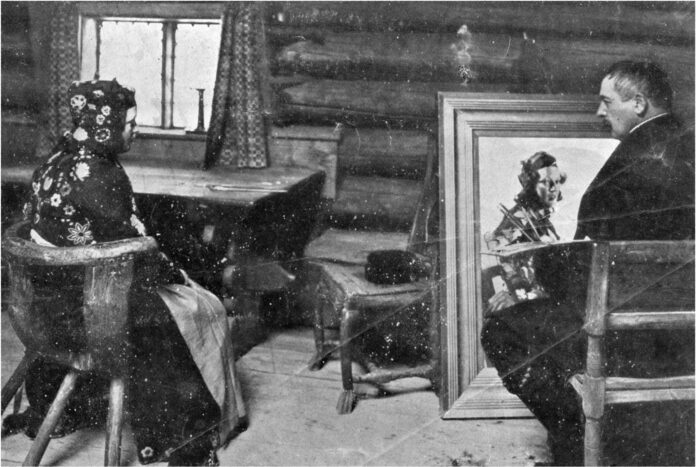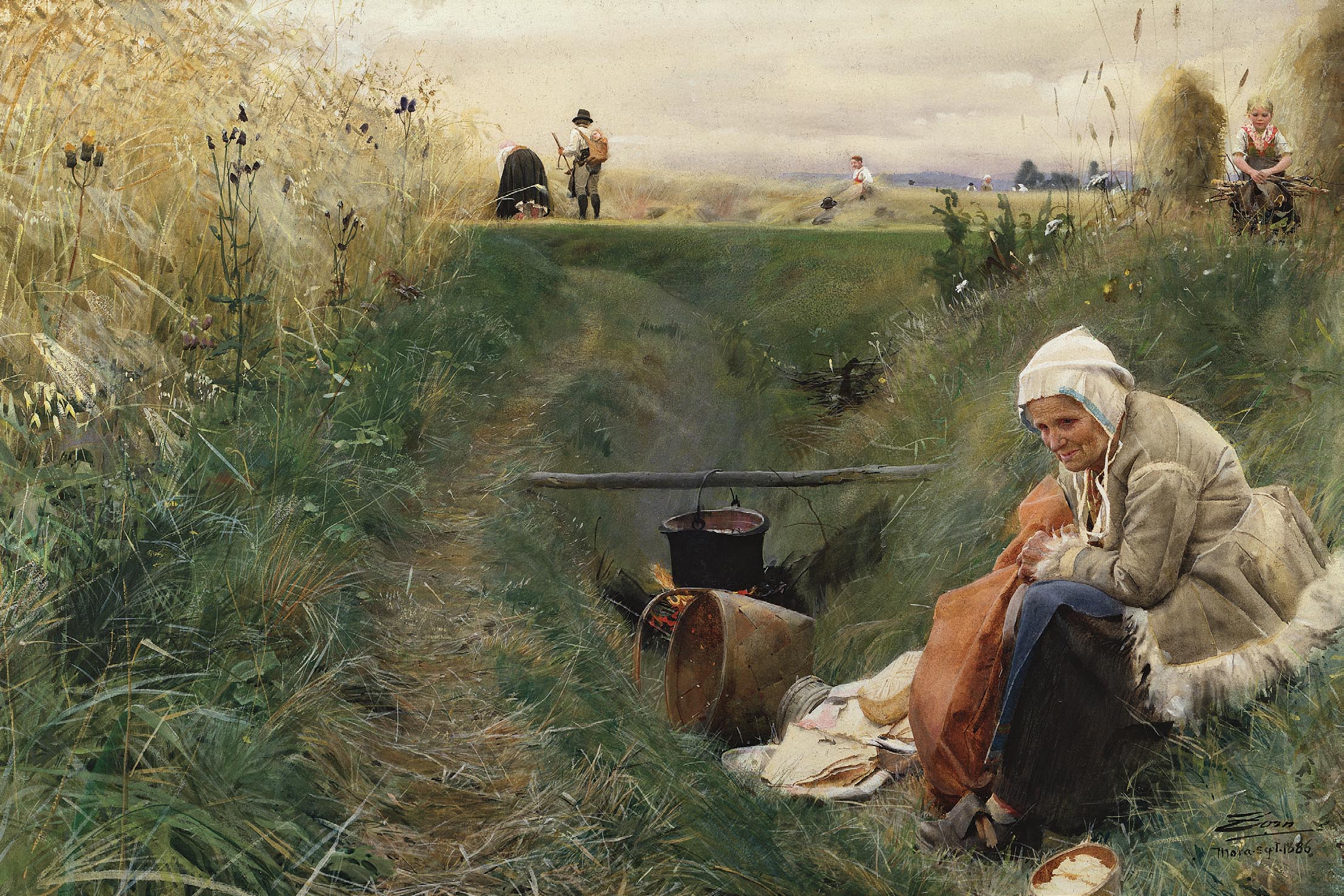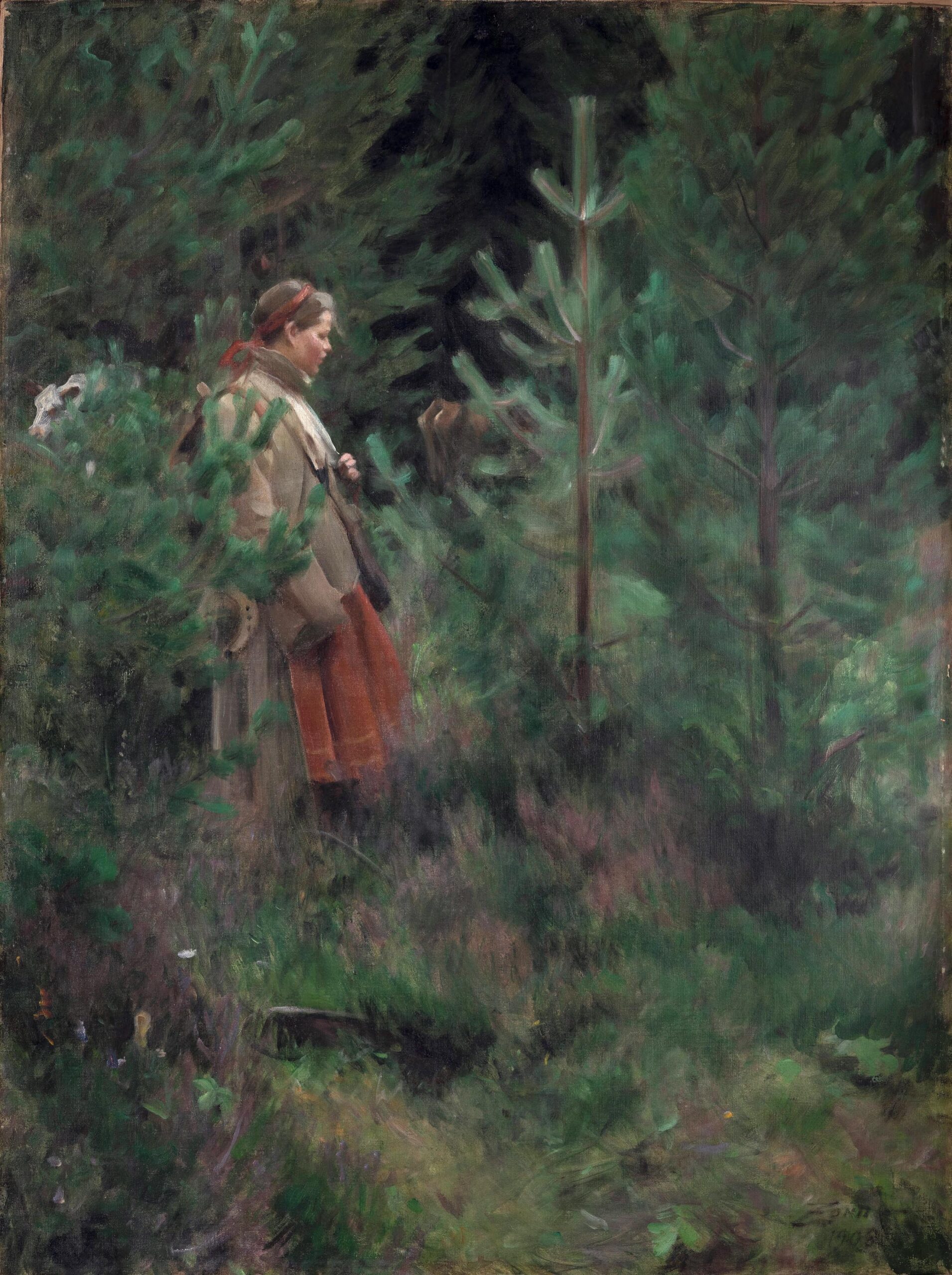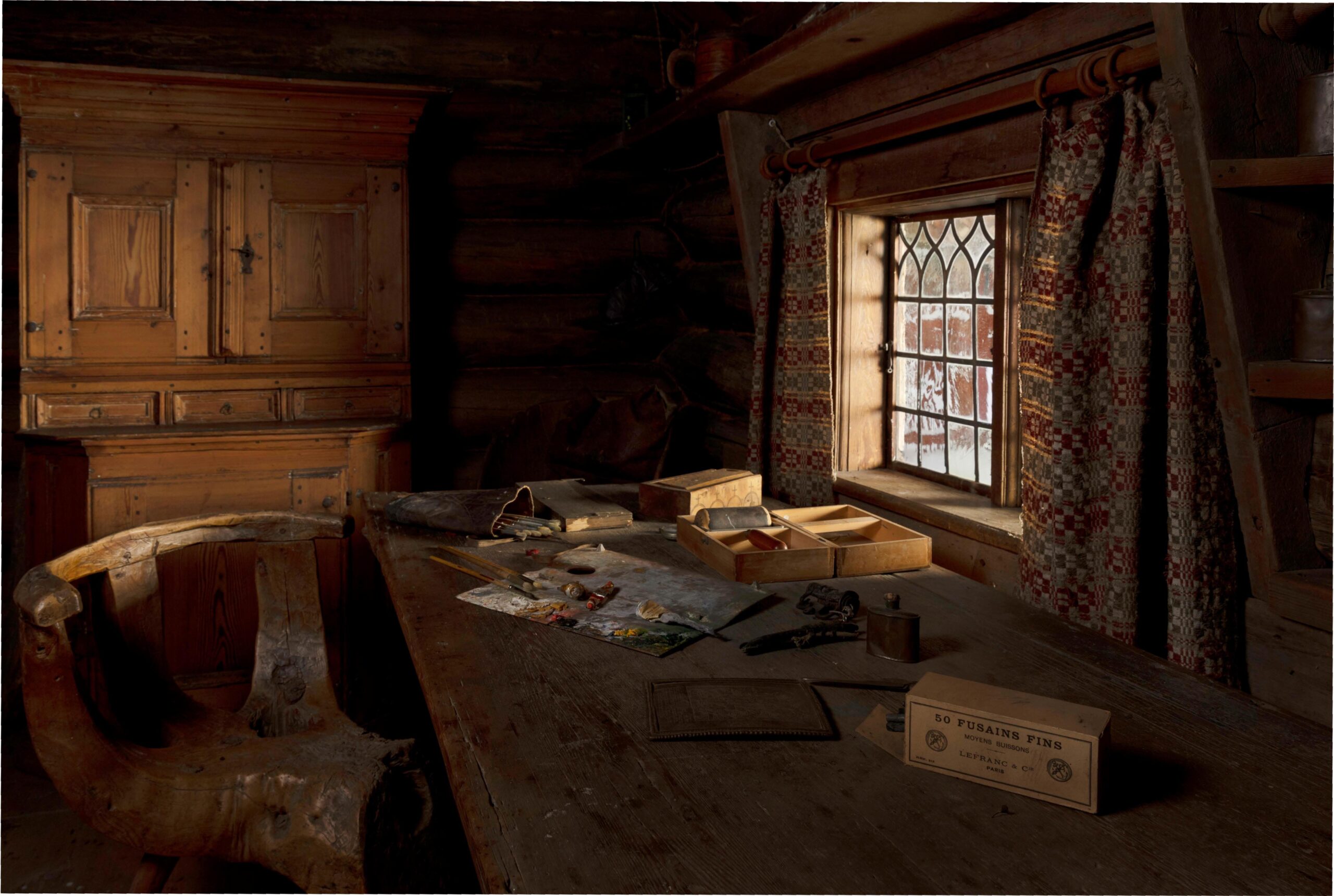
For art enthusiasts: A New Book on Anders Zorn and His Process: “Zorn’s Studio: The Artist’s Materials and Techniques”
by Art Historian Emma Jansson
From the Foreward
by Johan Cederlund
Director, The Zorn Museum:
At the turn of the century, Anders Zorn was among Europe’s most celebrated artists. Kings, presidents, financiers, and cultural figures lined up to have their portraits painted by the famous Swede. His sensual pictures of bathing women won wide acclaim, and his etchings commanded prices higher than those of any other artist. Today, Zorn’s name is not as well known, at least not outside of Sweden, but those who encounter his paintings are still fascinated by his brilliant technique, and the ease with which he seemed to create his works. It is as if the paintings were made without effort. Many painters also refer to “Zorn’s palette,” a palette that according to tradition consisted of only four colours: white, yellow, red, and black.

In this book, Zorn’s technique, colours, and work process are for the first time the focus of a scientific investigation. Art historian Emma Jansson refutes the myth of Zorn’s limited palette, and shows how paintings that give the impression of improvisation were in fact preceded by countless sketches and studies, artistic considerations, and deep knowledge of the nature of the materials in use. For Zorn, art was a craft that had to be learned from scratch and in all aspects; he proved himself capable of everything and in any technique.

Emma Jansson’s research on Zorn was conducted at the Institute for Culture and Aesthetics, Stockholm University. The work resulted in the doctoral dissertation “Making in Context: Reconsidering Anders Zorn’s Oil Painting Practice” (2022), from which this book emerged. It is with our great pleasure that the Zorn Museum, which has followed and supported Emma Jansson in her investigation, is able to contribute to the fascinating results she presents reaching a wider audience.

Get your copy of the book at https://shop.zorn.se.
View more artist and collector profiles here at FineArtConnoisseur.com.








I have heard of the “Zorn Palette” and have always felt that this was a myth, based on looking at Zorn’s paintings, especially his plein air works, which include fresh and intense blues, greens, violets and yellows, which would be impossible to obtain using ivory black, yellow ochre, vermillion and white. No amount of clever juxtaposition of colors will yield bright blue, emerald green, etc. without having these resources on your palette. It’s unfortunate that so many people, including painting instructors, believe that this limited palette is a “good thing”.
Fact is that a “Zorn-palet” is indeed a mythe but it is also a kind of reality… A lot of people do start painting with a lot of colors and if they need a color that they already painted they are lost because they don’t remember anymore what colors to use to get that color again… so a limited palet is always a good thing… and is cheaper… so using to start the “Zorn-palet” can be good to start plus some colors like blue and red… so you don’t have to search what mix you need…